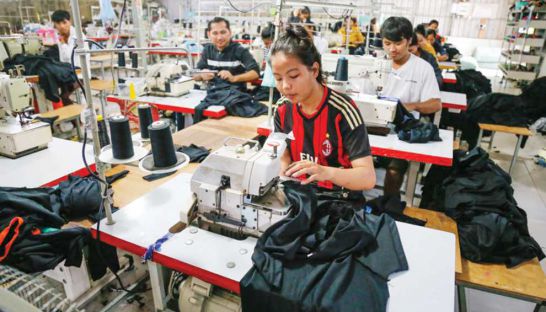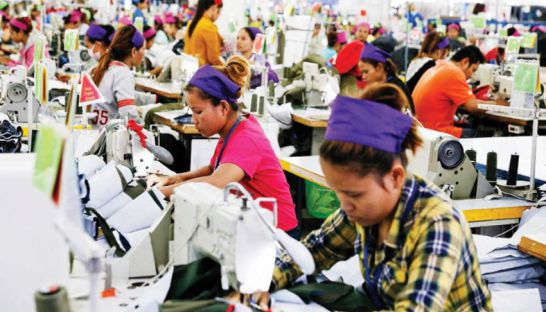Maize has local farmers’ ears
Maize has local farmers’ ears
Growing demand for animal feed is driving up both the demand and price of corn, with smallholder farmers claiming the field crop offers a more stable market than cassava.

“If we look at the trends in farming, this sector [corn] has a lot more options than other crops, and is less challenging,” said Lor Reaksmey, spokesman of the Ministry of Agriculture. He added that corn, also known as maize, is needed for food consumption and animal feed mills, with high demand both in the domestic and international markets.
Corn is grown on more than 140,000 hectares in Cambodia and can be harvested twice a year, with the main areas of cultivation being Battambang, Preah Vihear and Kandal provinces. Each hectare yields about 4.5 tonnes, putting Cambodia’s total production at around 640,000 tonnes last year.
Reaksmey explained that over 60 percent of domestically produced corn is earmarked for export, with most of these shipments destined for feed mills in Thailand and Vietnam. The remainder is sold to the Kingdom’s feed mills, with a small amount purchased by local food-processing plants and retailers.
Rising international demand for animal feed has led to a steady rise in corn prices in recent years, though farmers often settle for below-market prices by selling to middlemen.
According to Reaksmey, local feed mills are paying a premium $220 to $230 per tonne for corn – up to double the amount offered by Thai and Vietnamese brokers that show up at farms when the harvest begins.
Farmers can either sell their corn to the brokers, or sell it directly to local feed mills, he said, giving them more leverage than export-only cash crops such as cassava.
Meanwhile, the government is working to promote corn exports to China, which has already signed an agreement but first requires local corn to comply with its sanitary and phytosanitary (SPS) requirements.
“We are trying to expand our market to China, since we already agreed on the potential crops for export,” he said, “But we are now preparing the SPS criteria in order to comply with their requirements. Then we will able to export directly.”
Ministry of Agriculture data shows total corn exports reached 70,487 tonnes last year, a 25 percent increase over 2015.
Despite this rise, local production cannot satisfy the voracious appetite of the Kingdom’s 15 feed mills, said Hort Pheng, director of the Industrial Affairs Department at the Ministry of Industry and Handicrafts.
“Even though we have a lot of feed mill factories our raw material is limited so the factories must still import many types of raw materials, including corn,” he said, adding that farmers grow two types of corn, one for human consumption and the other solely for feed mills.
Ly Laville, general manager at M’s Pig ACMC Cambodia Co Ltd, an industrial piggery that operates its own feed mill, said corn was the most important raw material in the production of animal feed, accounting for about 60 percent of its weight.
While he said his company alone used about 40,000 to 50,000 tonnes of corn last year for production, the forecast for the coming year was gloomy.
The collapse of the domestic pig industry, which he said has seen about 40 percent of smallholders driven out of business, is expected to reduce demand on animal feed and drive corn prices down.
“Corn farmers will be impacted by this through slower demand and low pig prices in the market, so we expect production of feed to decrease next year,” Laville said.
Long Thavan, a veteran cassava farmer who last year switched over his 10-hectare field in Battambang province to corn, remains positive about his choice of crop. He said he received $120 per tonne for the corn he sold to a local broker last year and was satisfied with the profit.
“Corn farming has a more stable market than cassava, and even though the price dropped a bit last year is still profitable for me,” he said.















